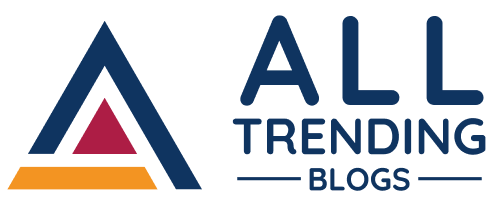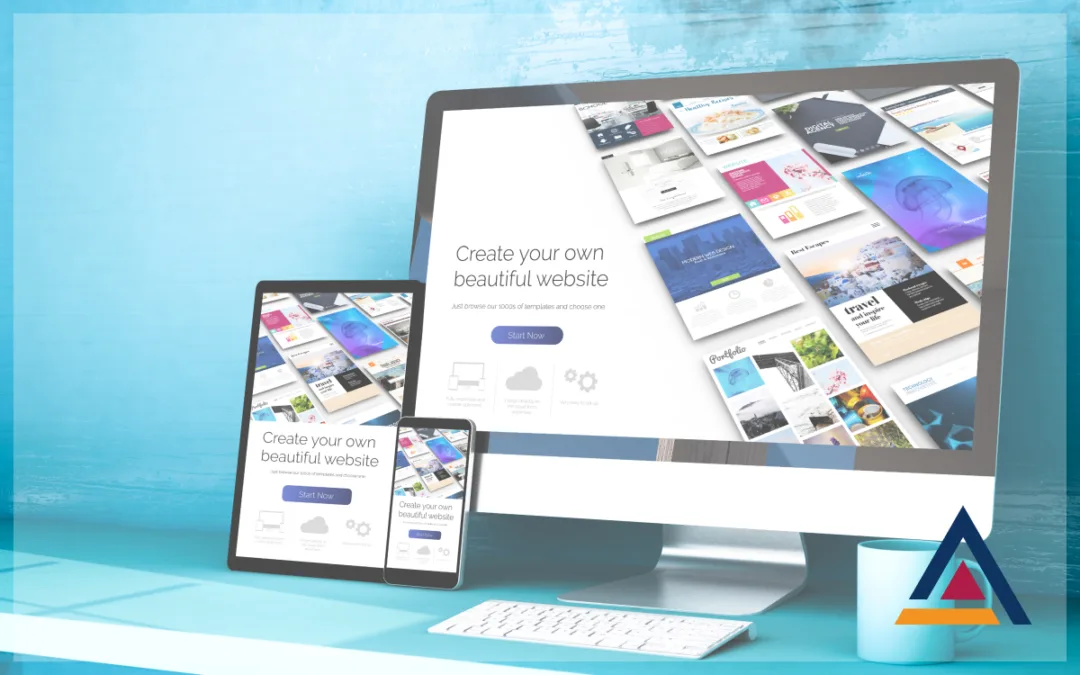In the world of digital marketing, landing pages are a powerful tool for converting visitors into leads or customers. A well-designed landing page can captivate your audience, convey your message effectively, and drive them to take the desired action. However, creating a high-converting landing page requires careful planning and attention to detail. In this blog, we’ll dissect the anatomy of a successful landing page and explore the key elements you need to maximize conversions and achieve your marketing goals.
Clear and Compelling Headline
The headline is the first thing visitors see when they land on your page. It should be clear, concise, and compelling, grabbing the visitors’ attention and clearly stating the value proposition or offer.
Engaging Subheadline
The subheadline provides more context and supports the main headline. It should further entice visitors to continue reading and exploring what your landing page has to offer.
Attention-Grabbing Visuals
Visual elements, such as high-quality images or videos, can significantly impact engagement. Use visuals that align with your message and help convey your product’s or service’s benefits.
Persuasive Call-to-Action (CTA)
The CTA is the most critical element on your landing page. It should be clear, action-oriented, and stand out from the rest of the content. Use compelling language that encourages visitors to take the desired action, such as “Sign Up Now” or “Get Started Today.”
Benefit-Oriented Copy
The body of your landing page should focus on highlighting the benefits of your offer. Use persuasive and benefit-driven copy that addresses the pain points of your audience and explains how your product or service can solve their problems.
Social Proof and Testimonials
Adding social proof, such as customer testimonials, reviews, or trust badges, can boost credibility and trust. People are more likely to convert when they see that others have had a positive experience with your brand.
Scannable Content
Ensure that your content is scannable, with clear headings, bullet points, and concise paragraphs. Most visitors skim through a page before deciding whether to engage further.
Form and Data Collection
If your goal is to capture leads, include a well-designed form for visitors to provide their information. Keep the form fields to a minimum and only ask for essential details to increase the conversion rate.
Mobile Responsiveness
A significant portion of traffic comes from mobile devices. Ensure your landing page is fully optimized and responsive to different screen sizes to provide a seamless experience for mobile users.
A/B Testing and Optimization
Creating a high-converting landing page is an iterative process. Regularly conduct A/B tests to compare different elements and layouts, such as headlines, CTA buttons, and images, to determine what resonates best with your audience.
Conclusion
A high-converting landing page is a valuable asset in your digital marketing toolkit. By incorporating the key elements discussed in this blog, you can create a landing page that captures your audience’s attention, communicates your message effectively, and drives them to take the desired action.
Remember, landing page optimization is an ongoing process. Continuously monitor your landing page’s performance, analyze data, and make data-driven decisions to improve its conversion rate. With a well-designed landing page, you’ll be on your way to achieving your marketing objectives and maximizing the return on your digital marketing efforts. Happy optimizing!

